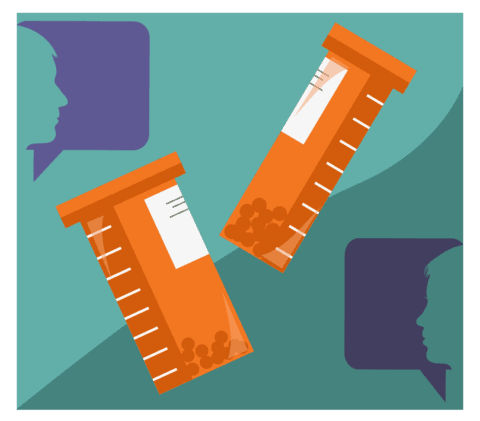Newcomers to Canada can face many challenges when navigating the health-care system, particularly in relation to understanding prescription drug information. Although adapting to these challenges can be difficult, there are resources and pharmacy professionals that can help newcomers overcome barriers.
One of the major barriers for newcomers is health literacy. According to the Office of Disease Prevention and Health Promotion, “Health literacy is the degree to which individuals have the capacity to obtain, process and understand essential health information needed to make appropriate health decisions.”
As the influx of immigrants to Canada continues to increase, so does the number of individuals accessing the health-care system. Among the approximately 235,000 immigrants Canada welcomes annually, around 30 per cent do not speak English or French. Health literacy is not solely limited to oral barriers, but can be  applied to written barriers as well.
applied to written barriers as well.
What makes this barrier so significant is that it is present throughout the entire medical process and is often overlooked. While all Canadians have access to medical services, some do not have enough health literacy to effectively utilize these services. The pharmacy is often the last stop for many patients in the health-care system. Once patients leave with their prescription, it is their degree of health literacy that dictates their consequent actions.
We’ve all been there: the hour-long wait at the doctor’s clinic, the additional hour-long wait at the pharmacy and the three minutes of prescription counsel. If you were born in Canada or have been residing here for many years, most of us can relate to the experience of filling a prescription and receiving advice from a pharmacist.
Imagine listening to a prescription counsel or reading a prescription label in a language you are not fluent in. A typical counsel can cover information such as how to take the medication, how it works, side effects, side effect management, when to expect results and when to seek emergency help. If a patient cannot comprehend basic health condition information or how to take their medication, the repercussions can be significant.
Pharmacists are ideally placed to overcome these barriers as they see a multicultural mosaic of patients and have access to quality health information. Raising awareness for this issue and developing tools for both patients and health-care providers can help minimize unwanted events.
Hospitalization is one of those unwanted events. The Canadian Institute of Health Information states that 25 per cent of hospitalizations have drug-related causes. Of these causes, 70 per cent are preventable.
Major causes include improper drug selection, non-compliance, incorrect dosages and different drug interactions. With the diversity of patients currently taking medications, taking a dose too high or too low is unfortunately easily achievable. It does not help that most immigrant communities are already at-risk populations for poorer health outcomes due to factors ranging from certain conditions and possibly a low socio-economic status.
There are tools, however, that patients can use to facilitate solutions to low health literacy and help prevent adverse drug events at the pharmacy level.
Some patient tools that can be used include bringing a list of all current medications to avoid drug interactions, asking for visual aids if you have trouble understanding medication instructions and bringing someone with you who is more proficient in English or French. Other options include jotting down questions or notes during a counsel and making sure to ask any questions of the pharmacist — they are a resource for you to use.
As patients picking up a prescription or as future and current health-care providers, health literacy is omnipresent and required for optimal, quality healthcare. Although there can be barriers to achieving health literacy for newcomers, there are tools available to help. We can all make an effort to raise awareness of this silent issue for ourselves and for those around us.
—
Sarah Ghani
Graphic: Lesia Karalash / Graphics Editor